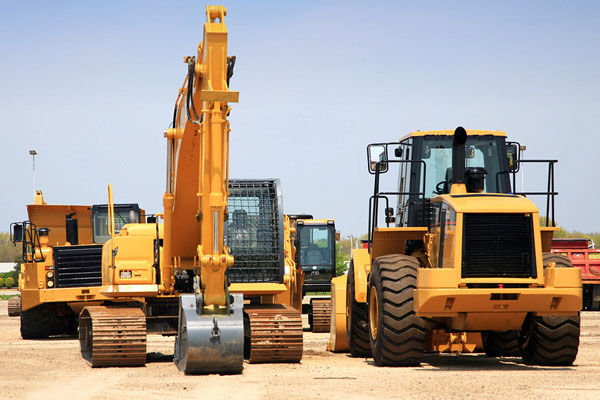Many industries, including construction, mining, agriculture, and transportation, depend on heavy moving equipment. Machines that can do demanding jobs are referred to as heavy-moving equipment. Professionals with training operate heavy equipment, which often gets its power from engines. Bulldozers, excavators, cranes, and loaders are a few examples of common heavy-moving machinery. These machines are strong and can simplify difficult operations, but there are also big risks involved.
The safety of people using these machines as well as others who are working nearby should always come first.
In this blog, we’ll talk about how important it is to stay safe when utilizing heavy moving equipment and give an outline of the typical risks.
Common Safety Risks Associated with Heavy Moving Equipment
Using heavy moving equipment puts workers and everyone nearby at serious risk. The following are typical safety issues linked to these machines:
- Accidents brought on by inadequate training
Before using heavy-moving equipment, operators must get the necessary training and certification. Accidents, injuries, and even fatalities can result from a lack of training.
- Collisions
The employment of heavy-moving equipment in confined spaces and busy work environments raises the potential of collisions with other pieces of equipment or people.
- Tipping over
These devices have the potential to tip over, inflicting serious injury or even death. Equipment tipping over might occur due to uneven ground, overloading, or operator error.
- Crush injuries
Between the machinery and other objects, workers may trap and crush. This may occur when the operator loses sight of the surroundings or while loading and unloading.
- Electrical risks
When using large moving equipment close to power lines, workers may be exposed to electrical risks.
Preparing To Operate Heavy Moving Equipment Safely
Heavy-moving equipment operators need to have proper training and certification in order to assure safe operation. They must also wear proper safety gear, such as hard hats, safety glasses, and high-visibility vests. Before operating the equipment, they should perform a pre-operation examination to verify sure everything is in working order. A safety checklist as an additional tool is a good option to ensure that everything is in order.

Safe Use of Heavy Moving Machinery
When operating heavy moving equipment, operators need to stay aware of their surroundings. They must be conscious of their environment and engage in good teamwork. Among the best practices for operation safety are:
- Maintaining the machinery in top operational order at all times.
- Detecting blind spots and utilizing spotters when required.
- Maintaining appropriate communication standards when working with other employees.
- Wearing proper safety equipment like hats, roll bars and seat belts.
Best Practices for Creating a Safe Work Environment
The best ways to ensure a safe workplace include fostering a culture of safety, offering regular safety training, and encouraging staff to report occurrences and near-misses.
-
Emergency Actions
Accidents can still occur despite all of our measures. Therefore, it is essential to have emergency plans in place in the event that a heavy-moving equipment accident occurs.
Employees should get an emergency response and management training that covers first aid, evacuation protocols, and event reporting. It’s also crucial to have the right emergency supplies and tools on hand, such as first aid kits and fire extinguishers.
-
Education and Training
For the purpose of reducing accidents and enhancing workplace safety, training and education are essential. Workers should receive thorough instruction on how to operate heavy machinery safely, including how to load and unload machinery correctly, do pre-operation checks, and interact with coworkers.
Maintaining current with the most recent safety regulations and best practices also requires ongoing education and training. Online classes, on-the-job training, and industry conferences and seminars are examples of training and education resources.
-
Risk Management Strategies
Strategies for risk management are essential for avoiding mishaps and fostering workplace safety. Employers need to recognize potential safety risks and take action to reduce them. This can involve putting safety procedures into place, offering suitable safety gear and training, and routinely checking and maintaining equipment.
Employers may make their workplaces safer for their employees and decrease the possibility of accidents involving heavy machinery by putting risk management techniques into place.
Takeaway
Heavy moving machinery poses serious safety dangers, but by adhering to safety rules and standards and best practices, we can lessen these risks. Promoting safety and preventing accidents requires establishing a culture of safety in the workplace, giving thorough training and instruction, and putting risk management plans into practice. So, let’s put safety first and collaborate to make the workplace a safer place to work.


Recent Comments